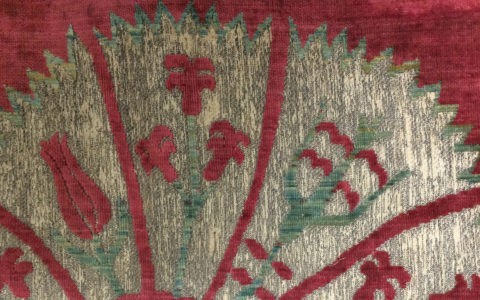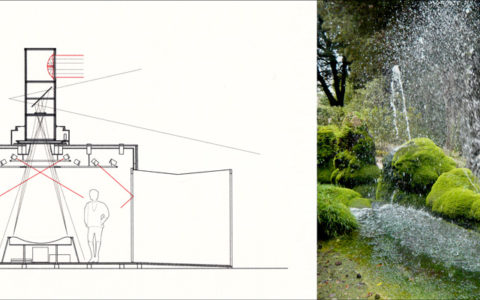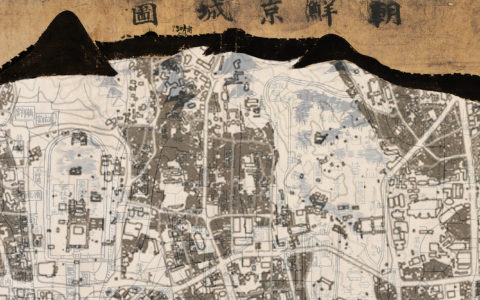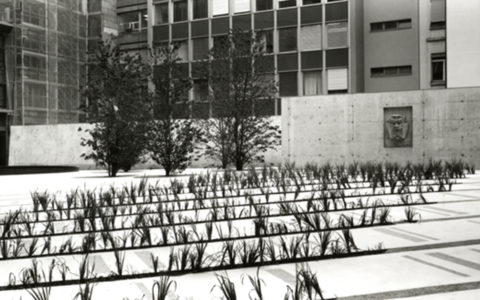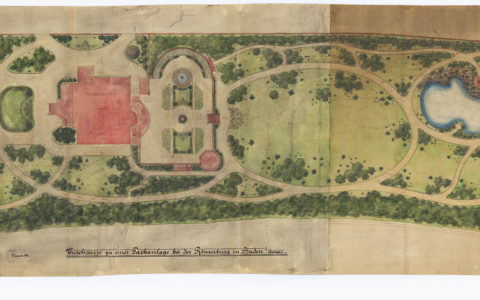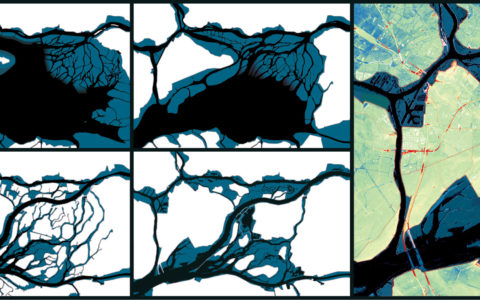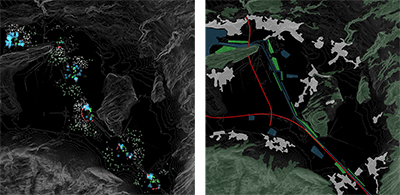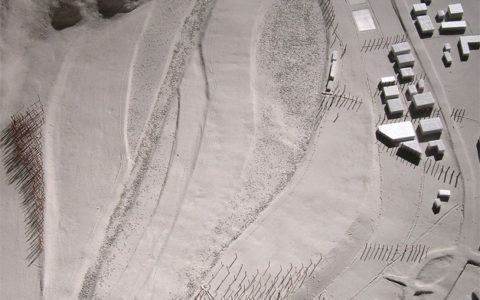Prof. em Christophe Girot | Landscape Architecture
From Rarity to Everyday Culture. The Botanical Garden Zurich and its Role in Distributing new Plants in the 19th Century
The dissertation «From Rarity to Everyday Culture» shows how the Zurich Botanical Garden succeeded, in a country without seaports or colonies and far from large horticultural centres, in introducing new plants through trade and exchange, in spreading them in garden culture and in acting as an active mediator between producers and buyers in the global plant trade of the 19th century. This allows an appreciation of the institution as an important centre for the transfer of plants and knowledge in the context of the flourishing bourgeois garden culture in the Zurich area and far beyond, which was previously lacking. Thanks to the careful evaluation of previously unexplored primary sources, Switzerland’s involvement in the botanical and horticultural networks of the 19th century is comprehensively shown for the first time and how the small republican country benefited from the surrounding great powers as well as developing global and social structures. The doctoral thesis contributes to the understanding of exchange processes in the history of landscape architecture and pays tribute to an era in which the foundations were laid for today’s diversity of ornamental plants from all over the world.
The study begins by identifying the socio-political conditions in Switzerland that became the breeding ground for the growing interest in gardens and new ornamental plants in the 19th century. It demonstrates how botany evolved from an auxiliary medicinal science to its own discipline, who the driving forces were, what their motives were, and how they became integral to international networks. Secondly, the causes, strategies, and practices of the plant trade of the Zurich Botanical Garden are presented, demonstrating how it benefited from the symbiosis of being both a business and an educational institution. The development is illustrated with reference to the formative head gardeners Theodor Froebel (1820–1893), Eduard Regel (1815–1892) und Eduard Ortgies (1829–1916). It documents what their actual work as merchants consisted of, how they established remarkable networks of contacts, closely linking the Botanical Garden with Europe and distant parts of the world. The work identifies the principal areas of the trade and how the Botanical Garden came to compete on an equal footing with the larger commercial plant nurseries in overseas trade. The central role of Eduard Ortgies in the introduction of foreign plants is identified, demonstrating why this has not been taken into account in historiography. The quantified flows of plants and money clarify how the Botanical Garden was financed largely from exotic plants sold abroad.
The final section illustrates social upheavals and the economic upswing in Switzerland and shows how garden culture benefited from the Botanical Garden’s plant and seed trade. Customer data show that a multi-layered, but narrow, largely bourgeois social class participated in the enthusiasm for new plants. The data demonstrate the social and considerable geographical scope of the plant trade. Catalogues and deliveries testify to an extremely wide range of products. Using representative examples in a variety of environs («city», «mountain» and «lake»), the author illustrates how garden owners in Switzerland and Northern Italy were supplied with a varied range of foreign plants. The focus is on trees and shrubs, as they play a prominent role in landscape gardens and are typically the only surviving material witnesses of this epoch. The final plea advocates the preservation of plant diversity for design in addition to topological perspective in the selection of plants, which takes into account both the aesthetic and symbolic significance of each location as well as its heritage and sensual experience.
Image: Johanna and Agostino Garbald in Castasegna were among the customers of the Botanical Garden Zurich. The Villa Garbald, built by Gottfried Semper, is today a seminar and conference centre of the ETH Zurich. / Calotype 1861 @ State Archive Chur, Fondazione Garbald


